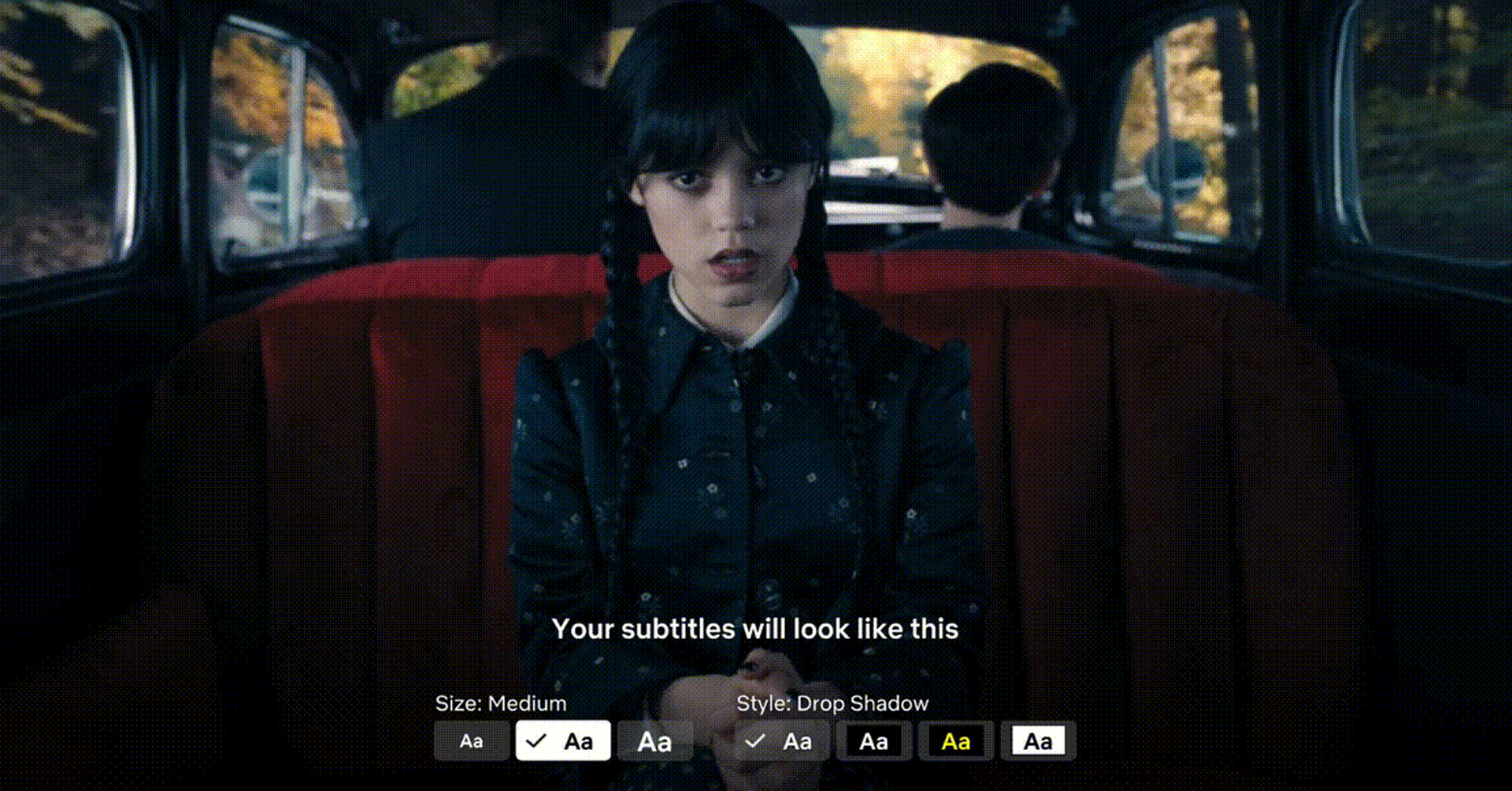Subtitles and captions were originally intended for people with difficulty hearing or translating foreign shows.
However, in the past few years an increasing number of people have been leaving subtitles on even when they are not necessarily needed.

You may even find yourself guilty of this, so why has this become the default for watching shows and movies?
Streaming services have made subtitles and closed captions much more accessible.
This is because at-home streaming has become more and more popular.
There are a few different reasons for this rise in popularity.

It increases comprehension.
Dialogue may be hard to hear or understand at times, not all televisions will have the highest quality audio, or perhaps your household is noiser than others.
If that’s the case, subtitles can make sure you aren’t missing any of the plot because you missed a word here or there.
For people who can’t seem to catch all the details just listening to dialogue it’s a no-brainer to switch on the subtitles.
On top of this, reading subtitles while also listening to the dialogue increases information retention.

More foreign shows have gained popularity in recent years.
While watching with English dubbing is an option, in some cases the voice acting isn’t up to par with the original audio.
As a result, people are becoming more accustomed to using subtitles.
Once open to the idea of using subtitles they may adopt them for everything they watch.

Changes in trends and demographics have contributed to the use of subtitles.
Gen Z as a generation is most likely to use subtitles.
Most likely, this is because they grew up watching videos on social media where subtitles are automatically enabled.
Gen Z is also more accustomed to watching shows or movies in public on mobile devices.
Even when using headphones surrounding noises can still cause distractions and make it harder to hear.
When in public, using subtitles is the most convenient option.

Is having subtitles on your default setting? Let us know!





